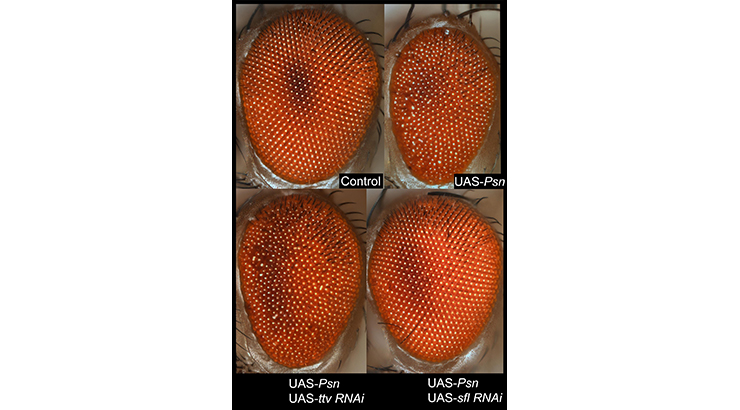Herapan Sulfate Biosynthesis and Autophagy Regulation
ID# 2018-4820
Technology Summary
Basal levels of autophagy affect lifespan and loss of autophagy leads to neurodegeneration. Heparan sulfate (HS) proteoglycans are abundant carbohydrate-modified proteins found on cell surfaces and in the extracellular matrix. Results implicate HS as a suppressor of autophagy and reductions of HS biosynthesis activate autophagy in neuronal, muscle, and other cell types.
Reducing HS biosynthetic gene function increases lifespan, resistance to ROS stress, and protects cells in models of aggregated-protein-mediated death or deficits in removal of damaged mitochondria. Increasing autophagy can rescue neurons and muscle cells in vivo from cell death produced by toxic protein accumulation or failure of mitochondrial surveillance and recycling. HS synthesis therefore represents a potential target for interventions to suppress accumulation of aggregated proteins or defective mitochondria.
Application & Market Utility
Through its effect on autophagy, HS biosynthesis may represent a novel target for the treatment of neurodegenerative disorders. Initial studies have confirmed that inhibition of HS biosynthesis successfully rescues neurodegenerative phenotypes in Drosophila models for Alzheimer’s and Parkinson’s Disease and heparan sulfate-mediated regulation of autophagy is represented in human cells. Initial studies also demonstrate that inhibition of HS biosynthesis increases animal resistance to oxidative stress and overall lifespan, suggesting that therapeutic effect may be broad.
Next Steps
Research is ongoing. Inventor, Dr. Scott Selleck, is working with collaborators to validate best targets within the HS biosynthetic pathway, develop novel therapeutics, and confirm results in vivo (mouse). The researchers seek academic and/or industr

